- Home
- Directory
- Shop
- Underwater Cameras - Photographic Accessories
- Smartphone Housings
- Sea Scooters
- Hookah Dive Systems
- Underwater Metal Detectors
- Dive Gear
- Dive Accessories
- Diving DVD & Blu-Ray Discs
- Diving Books
- Underwater Drones
- Drones
- Subscriptions - Magazines
- Protective Cases
- Corrective Lenses
- Dive Wear
- Underwater Membership
- Assistive Technology - NDIS
- On Sale
- Underwater Gift Cards
- Underwater Art
- Power Stations
- Underwater Bargain Bin
- Brands
- 10bar
- AOI
- AquaTech
- AxisGo
- Backscatter Underwater Video and Photo
- BLU3
- Cayago
- Chasing
- Cinebags
- Digipower
- DJI
- Dyron
- Edge Smart Drive
- Eneloop
- Energizer
- Exotech Innovations
- Fantasea
- Fotocore
- Garmin
- Geneinno
- GoPro
- Hagul
- Hydro Sapiens
- Hydrotac
- Ikelite
- Indigo Industries
- Inon
- Insta360
- Intova
- Isotta Housings
- Jobe
- JOBY
- Kraken Sports
- LEFEET
- Mirage Dive
- Nautica Seascooters
- Nautilus Lifeline
- NautiSmart
- Nitecore
- Nokta Makro
- Oceanic
- Olympus
- OM System
- Orca Torch
- Paralenz
- PowerDive
- QYSEA
- Scubajet
- Scubalamp
- Sea & Sea
- SeaDoo Seascooter
- SeaLife
- Seavu
- Shark Shield
- Sherwood Scuba
- Spare Air
- StickTite
- Sublue
- Suunto
- SwellPro
- T-HOUSING
- Tusa
- U.N Photographics
- Venture Heat
- XTAR
- Yamaha Seascooter
- Youcan Robot
Beating Low Visibility - Underwater Photography with Mathieu Meur
Contributed by Tim Hochgrebe
Mathieu Meur is author of a number of books on underwater photography and will be conducting photography workshops as part of the 2011 Underwater Festival 2-11 September 2011.
Text and Images by Mathieu Meur
Underwater conditions are not always ideal for underwater
photography. This doesn't mean that you should leave your camera behind
when faced with the prospects of low visibility. Some techniques can
prove very efficient in such conditions.
Know the area
Being familiar with the dive site helps you understand which
subjects to look out for, and where to look for them.
Go slow and open your eyes
 Make sure to dive at a deliberately
slow pace, so as not to miss any
opportunities. Also, there's less chance that you'll scare your
subjects this way.
Make sure to dive at a deliberately
slow pace, so as not to miss any
opportunities. Also, there's less chance that you'll scare your
subjects this way.
Strobe placement
Angle your strobe(s) inward, aiming slightly behind your subject for
macro. Move them back behind the housing and aim slightly outward for
wide angle. This minimises backscatter.
Strobe placement and lens selection
Select lenses that focus close to the port, to reduce the amount of
water between you and the subjects.
Get close
This is oft repeated under any conditions, but is vital when
shooting in low visibility: get close!
Use large aperture, slow shutter speeds and high ISO
If shooting in manual mode, set a large aperture. This reduces the
amount of strobe power required to light up your subject, which means
less backscatter. Selecting a higher ISO also achieves the same result.
Make use of the vertical water column
Vertical visibility is better than sideways visibility. Shooting up will make the water appear clearer than it actually is, as more light comes through.
Use Natural light and filters
Instead of using strobe(s), take natural light or filter shots
instead. No backscatter guaranteed!
Photoshop to the rescue
Should the worst happen, it is relatively easy to remove some
obvious spots of backscatter in Photoshop using the Healing Brush Tool.
The Levels or Curves tools can also help balance foreground and
background in case of problems due to poor conditions.
Shopfront
-
 Backscatter Dual Hybrid Flash Underwater Strobe Bundle with FREE Diffusers - Battery DEAL
Backscatter Dual Hybrid Flash Underwater Strobe Bundle with FREE Diffusers - Battery DEAL
- Price A$ 2,995.00
-
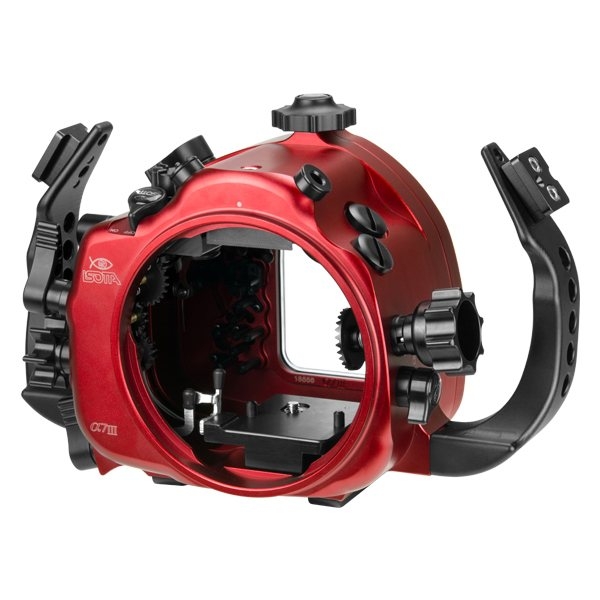 Isotta Underwater Mirrorless Camera Housings
Isotta Underwater Mirrorless Camera Housings
- Price A$ 3,499.00
-
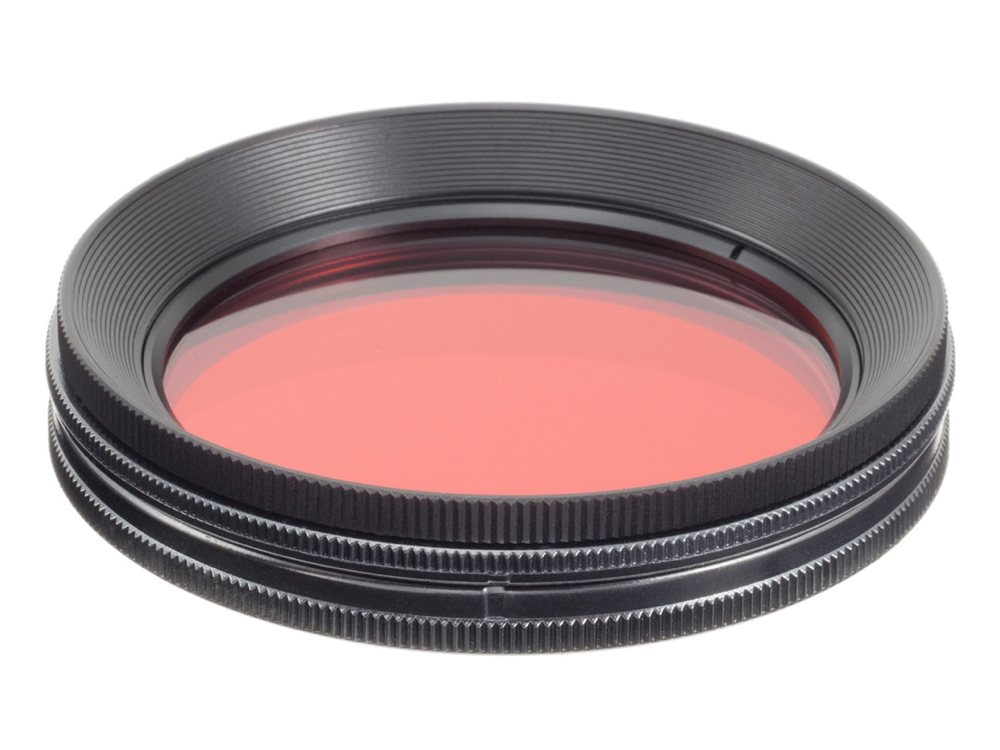 Inon UW Variable Red Filter M67
Inon UW Variable Red Filter M67
- Price A$ 239.95
-
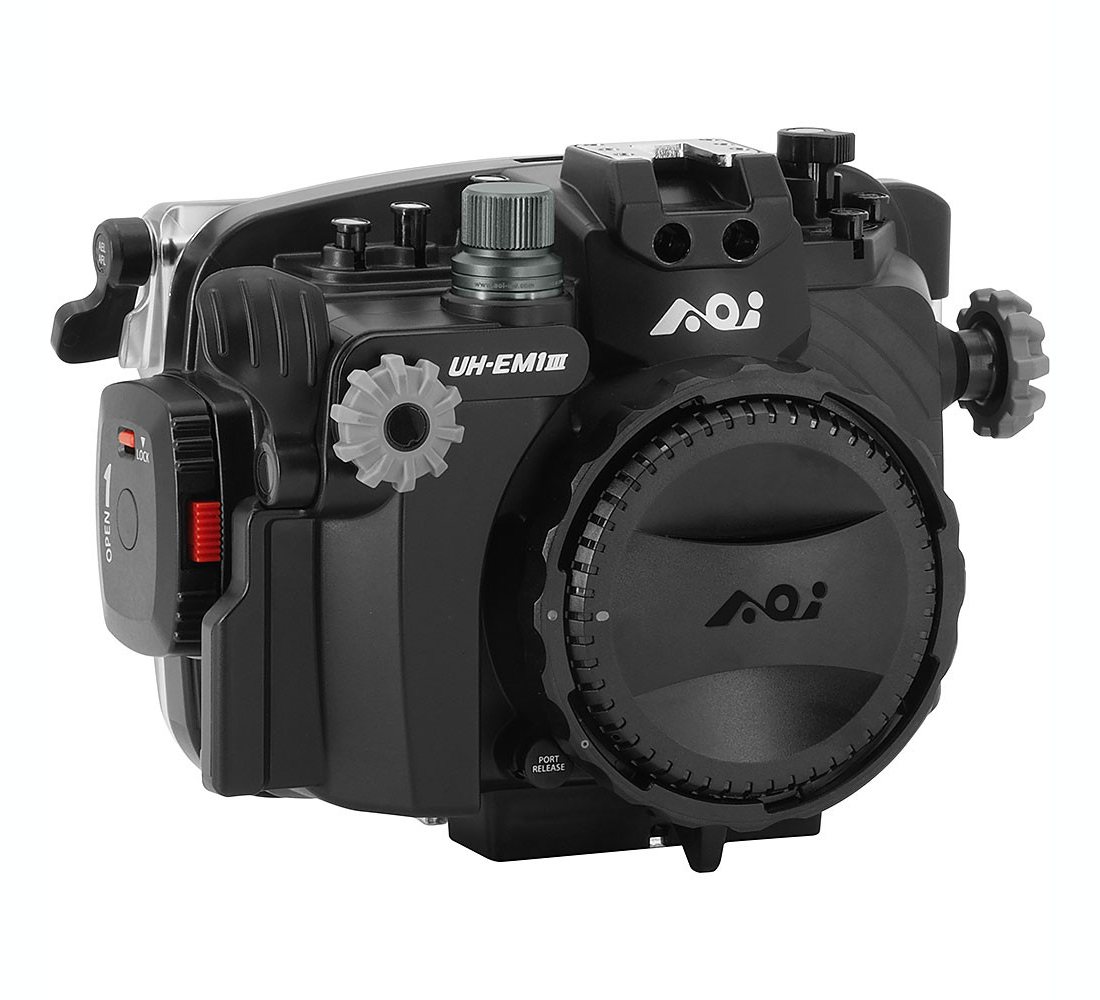 AOI UH-EM1III Underwater Housing for Olympus OM-D E-M1 II & III
AOI UH-EM1III Underwater Housing for Olympus OM-D E-M1 II & III
- Price A$ 1,699.00
-
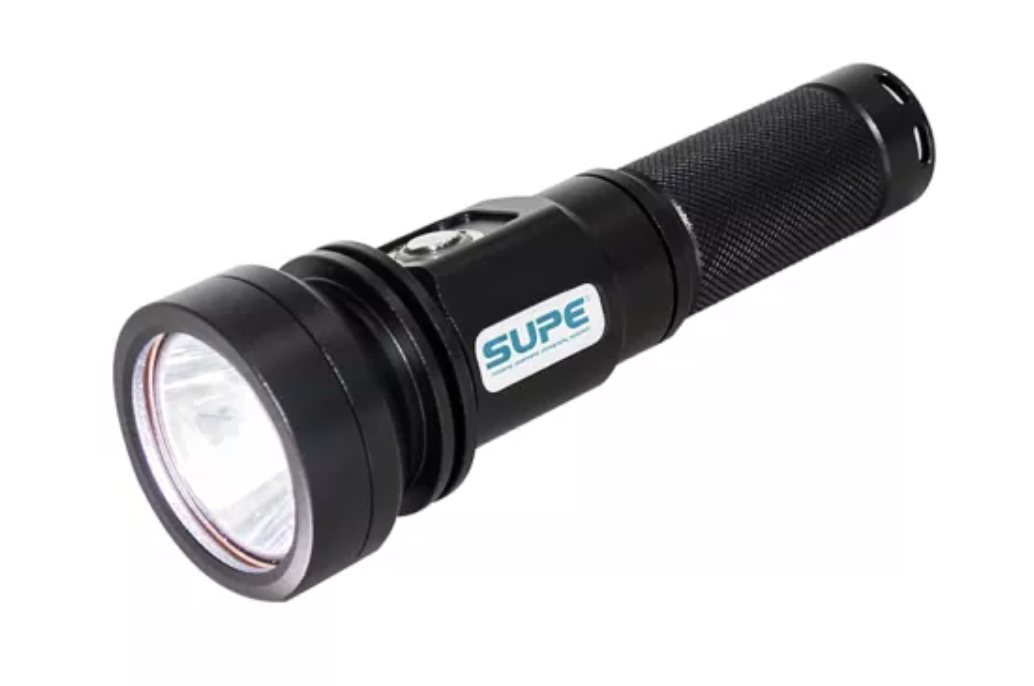 SUPE Scubalamp RD92 LED Recreational Diving Torch - 2000 lumens
SUPE Scubalamp RD92 LED Recreational Diving Torch - 2000 lumens
- Price A$ 189.00
-
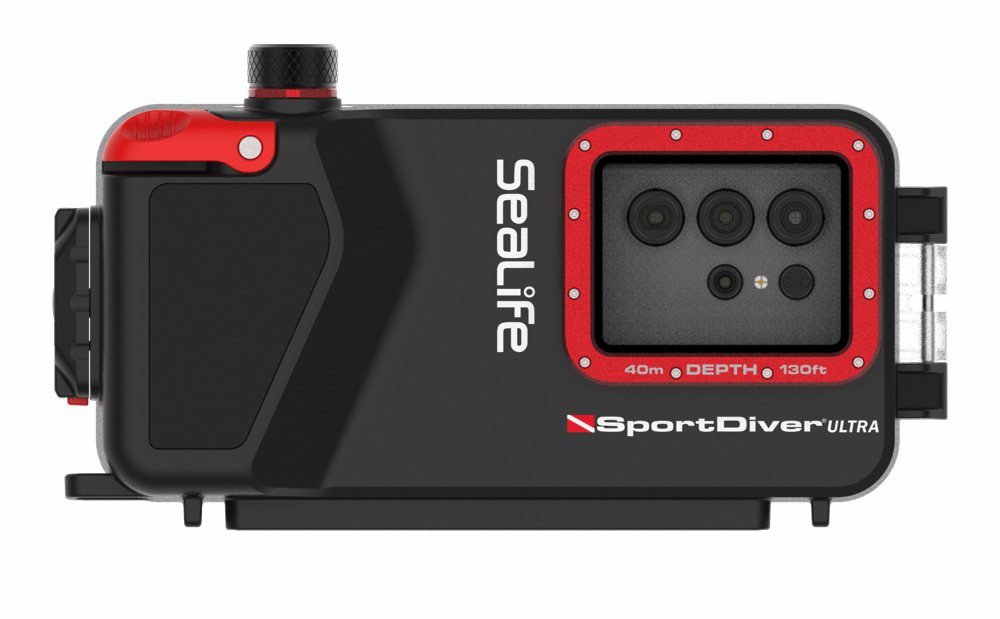 SeaLife - SportDiver ULTRA Underwater Smartphone Housing
SeaLife - SportDiver ULTRA Underwater Smartphone Housing
- Price A$ 599.00
-
 Kraken Hydra 6000 V2
Kraken Hydra 6000 V2
- Price A$ 849.00
In the Directory

 Seabob Sales
Seabob Sales
Official dealer of SEABOB Luxury Seatoys by CAYAGO. Addictive fun on and underwater. Dive in and discover. Made in Germany.
 Yamaha Seascooters
Yamaha Seascooters
Exclusive official distributor and dealer for Yamaha Seascooters in Australia, New Zealand and Fiji. Yamaha Seascooters feature light and efficient personal water scooters that are fun and affordable to anyone.


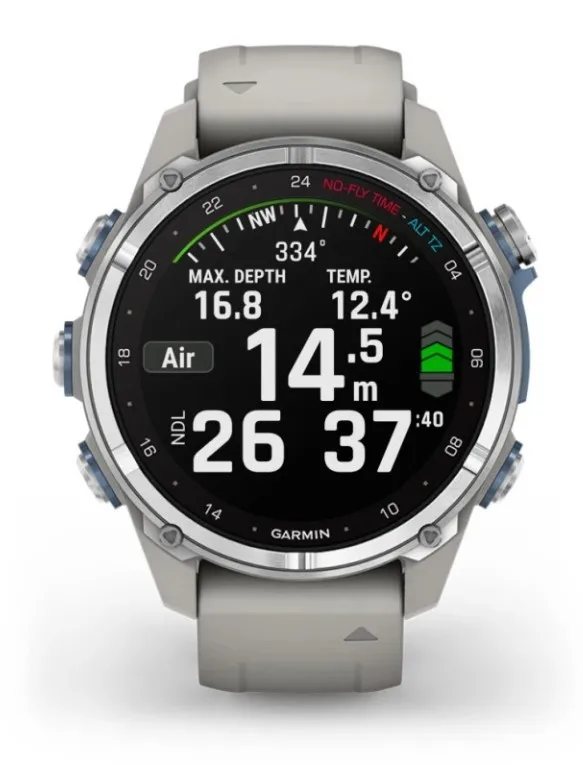


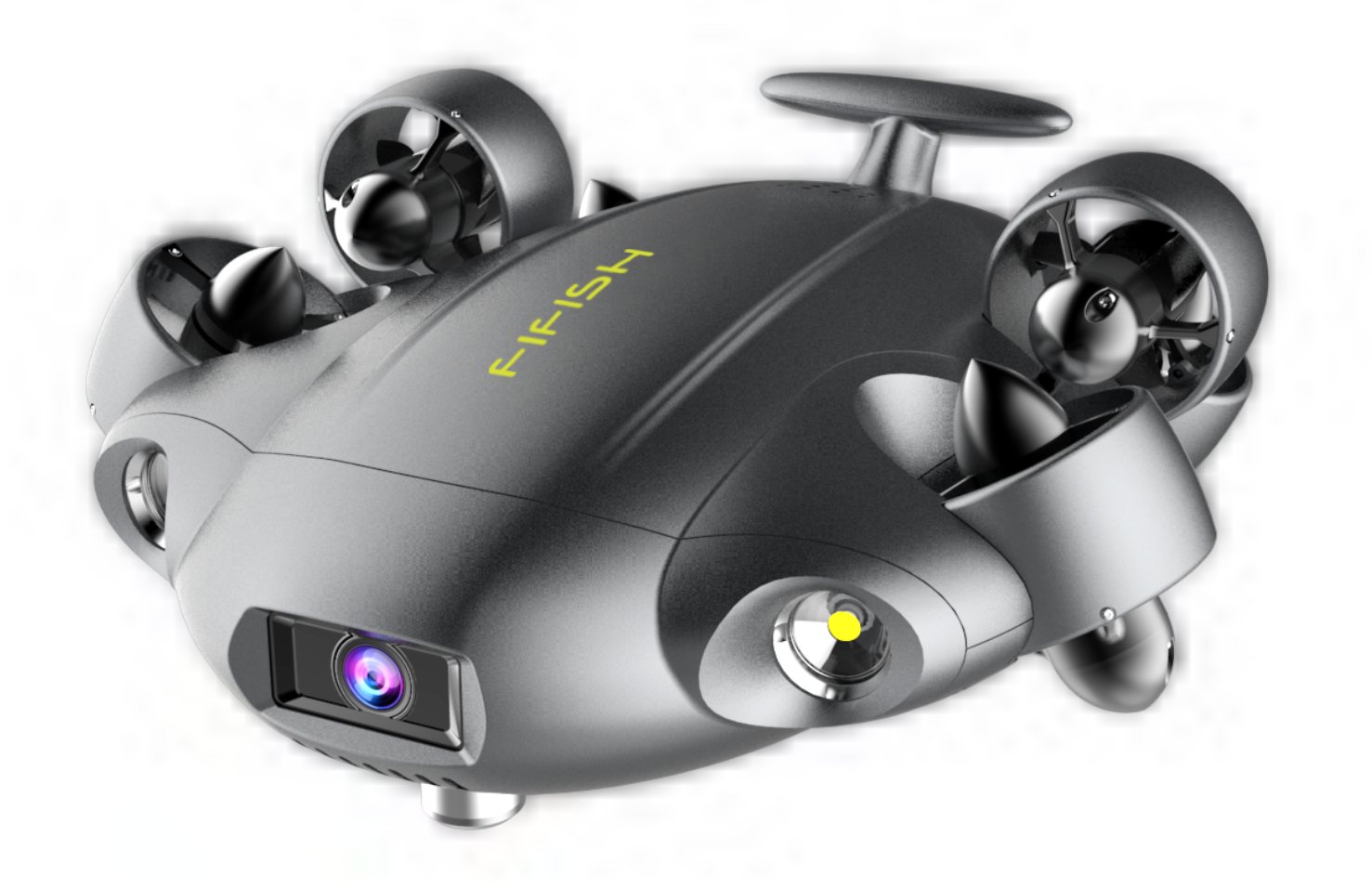
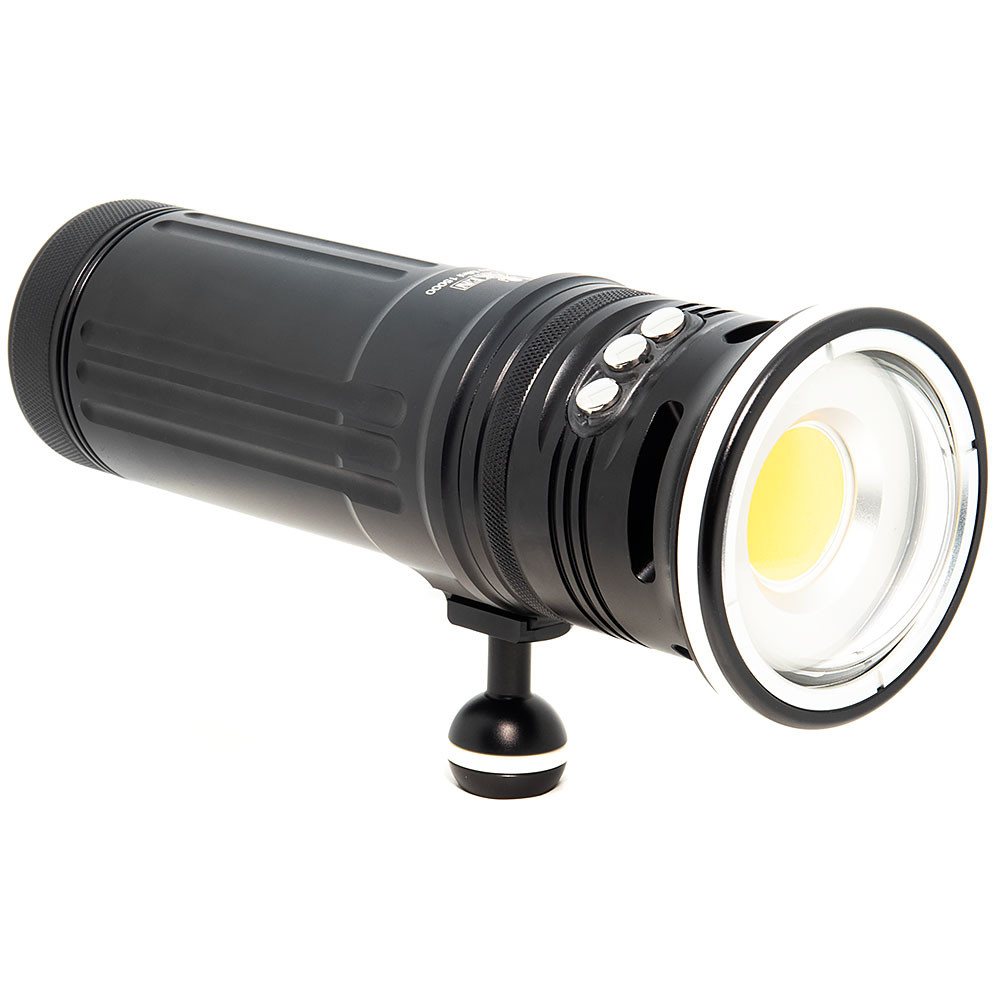
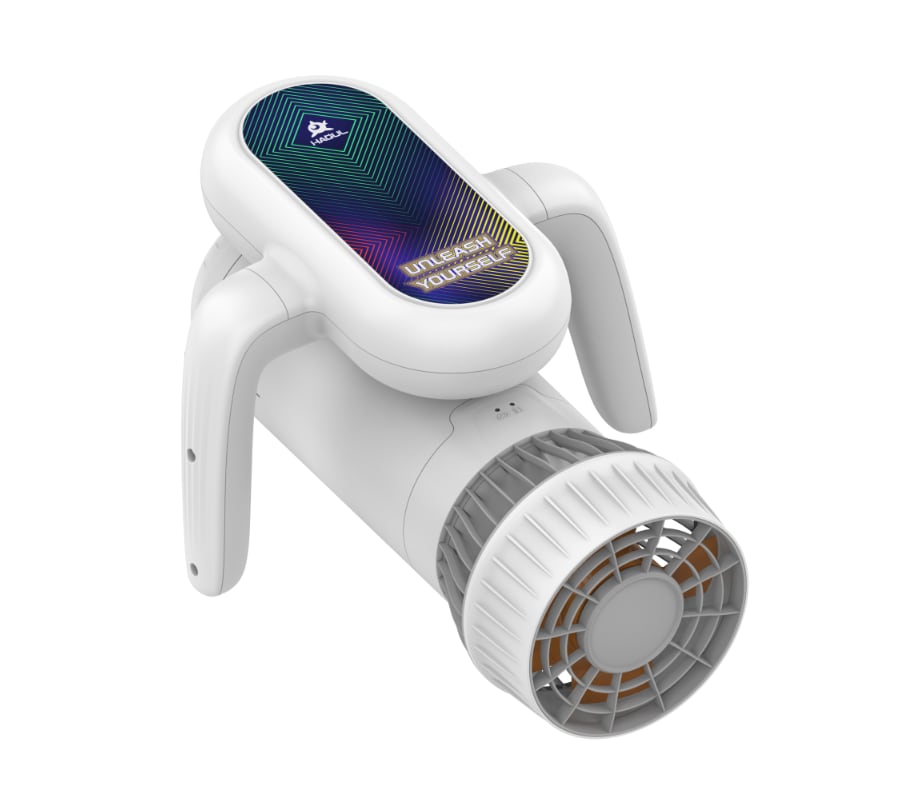
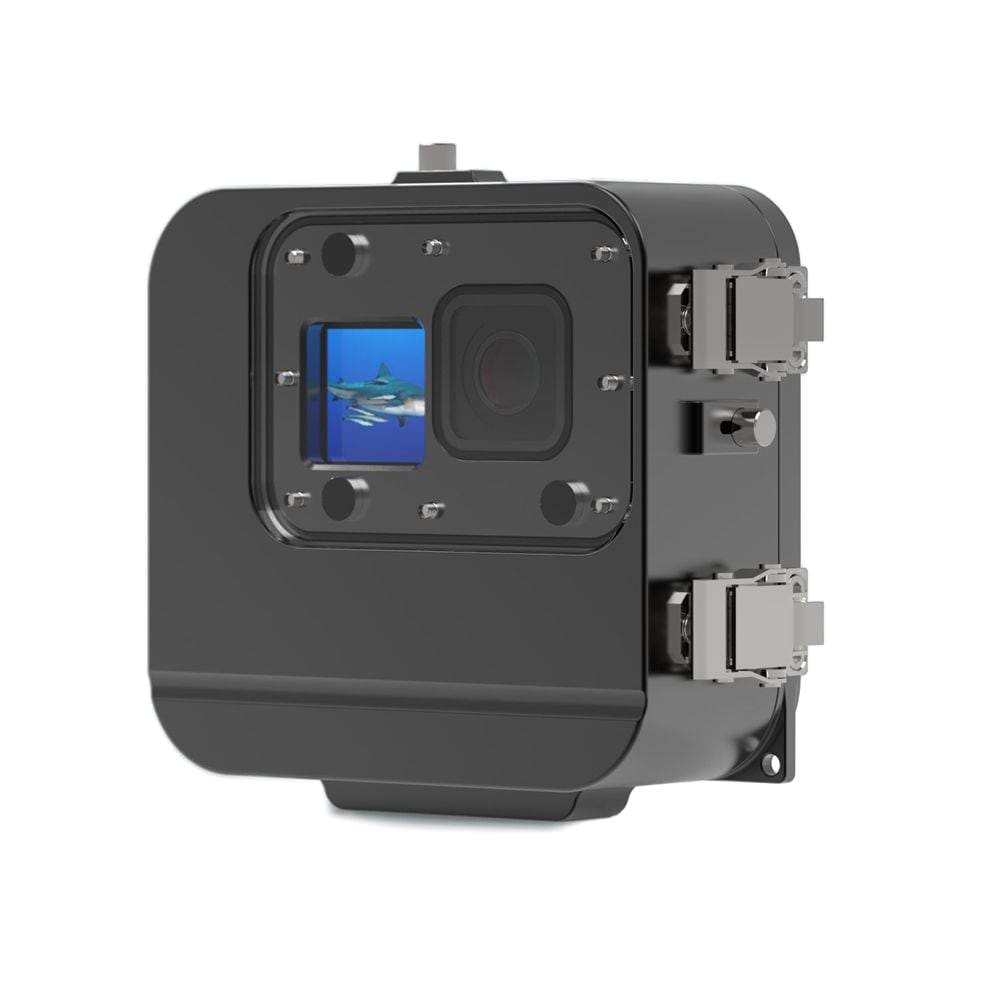




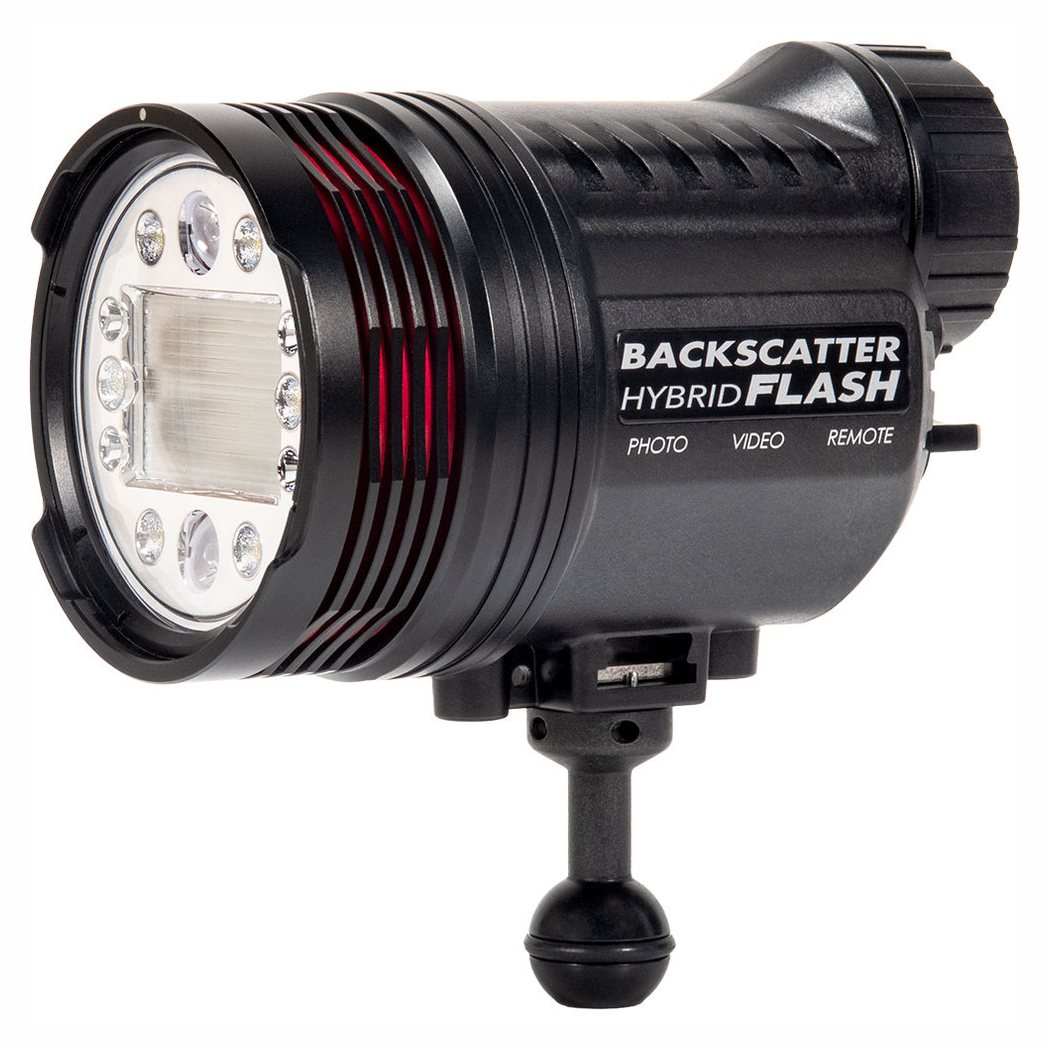 Backscatter Hybrid Flash Underwater Strobe & Video Light HF-1 - FREE BATTERIES
Backscatter Hybrid Flash Underwater Strobe & Video Light HF-1 - FREE BATTERIES 




